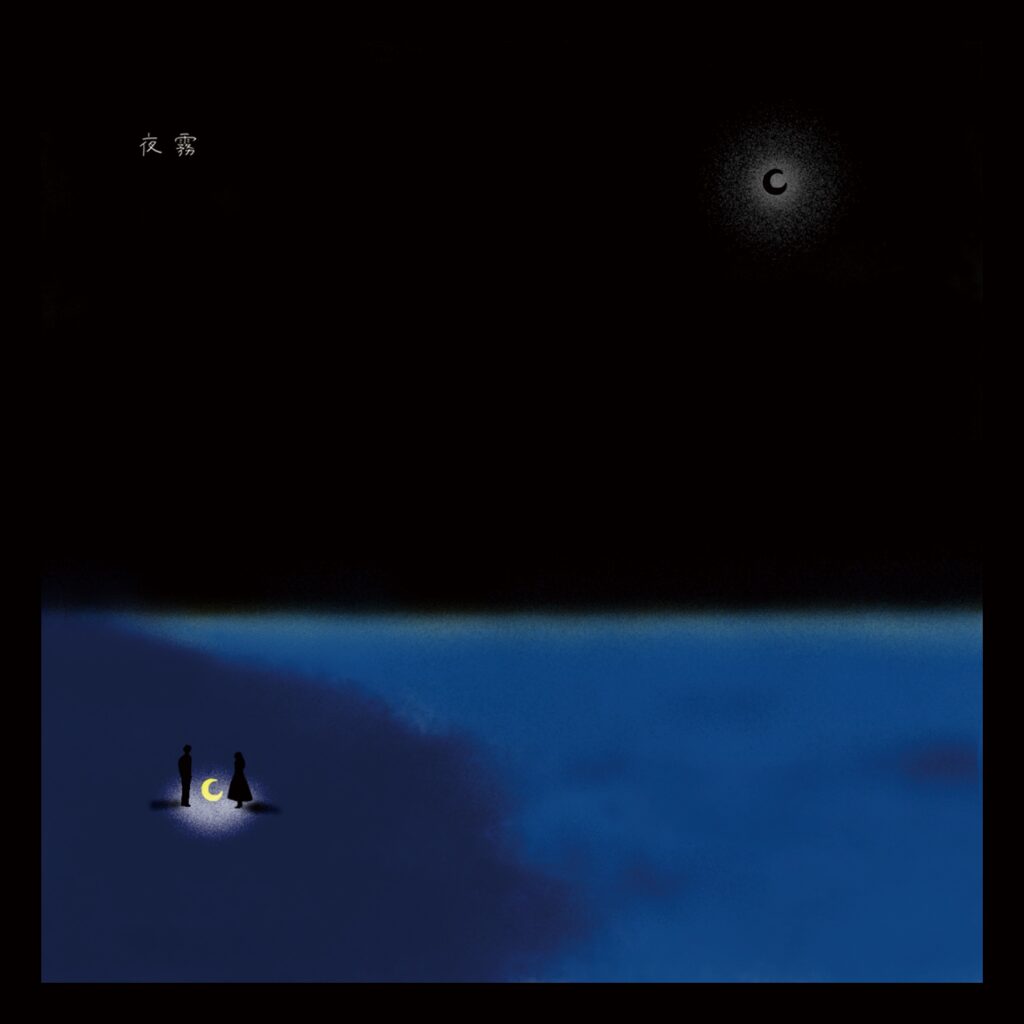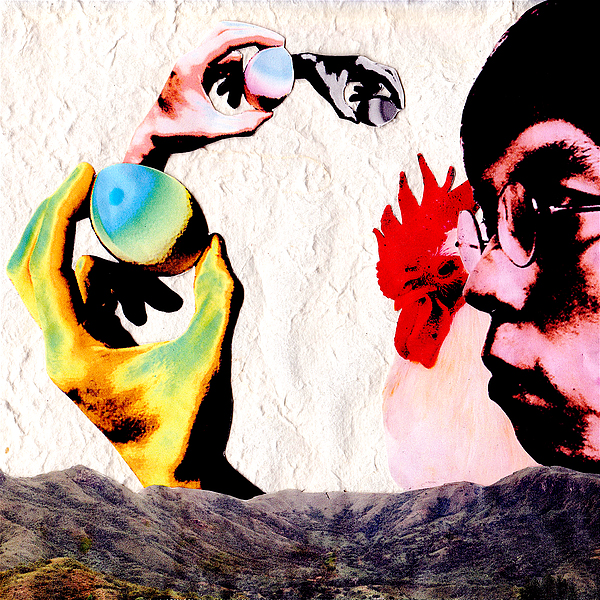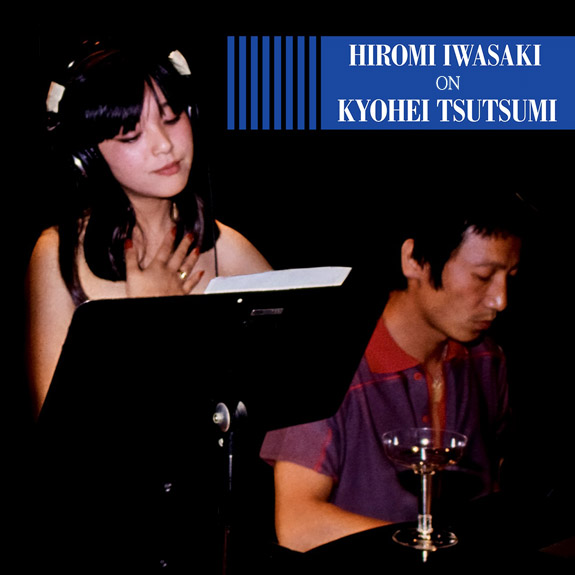Want to know more about Kitasono Minami and more specifically “part two” of his debut, lumiere? If so, you’ve certainly come to the right place. Enjoy!
Interview & text: Kato Naoko (Japanese text)
English translation: Henkka
Kitasono Minami on the web: Website, Blog, Twitter, SoundCloud
Note: You can buy lumiere from CDJapan.
Interview
Following his initial popularity on SoundCloud, this artist just released his first studio recordings on last year’s mini-album, promenade. On it, he wrote, composed, and arranged (including the orchestral arrangements of) all songs, and showcased his multi-instrumentalist abilities on the bass, guitar, and various other instruments. Kitasono Minami has been displaying immense talent and competency on his recorded material.
At the young age of just 24, his pop sound incorporating strings and horn sections is so beautiful, mellow, and most of all accessible that it is almost frightening. His second release, lumiere, only strengthens that feeling. Framed as the counterpart to promenade as its “twin mini-album,” this release gives the impression of possessing even more sounds which were not present on the previous release.
We conducted an email interview with the artist himself in regards to lumiere.




